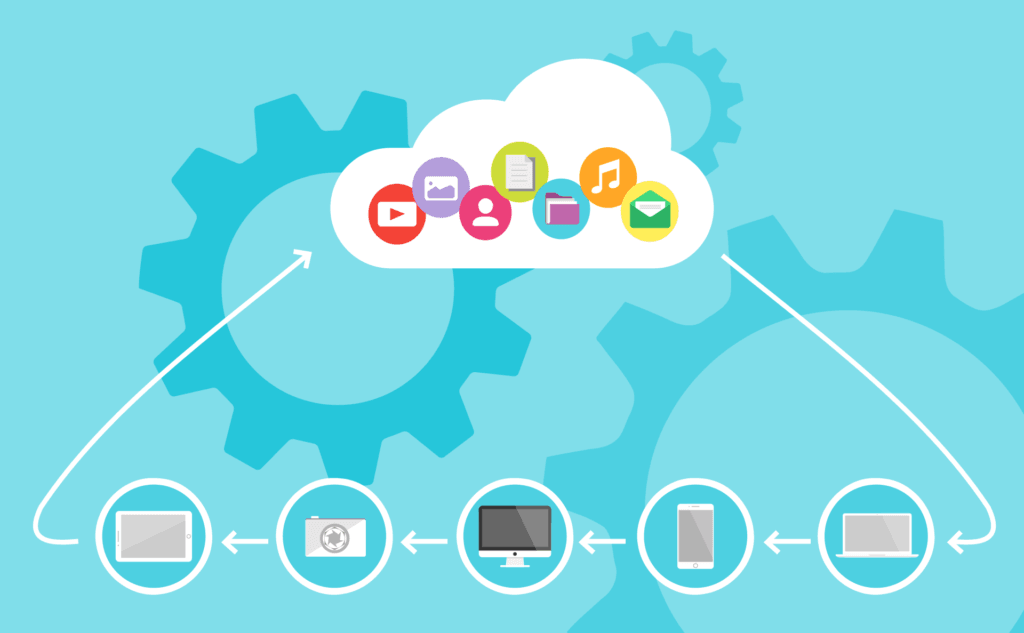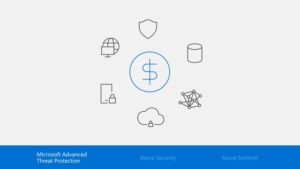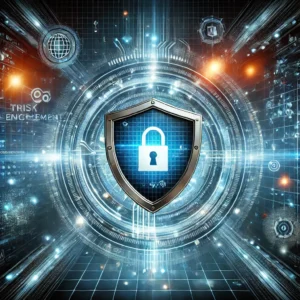Digital transformation: despite the potential risk in adopting it, retreating is simply not an option in today's modern business market.
As companies adopt digital innovation and include automation in their operations, the potential for a cyber attack increases.
First and foremost, leaders who want to remain competitive need to understand and implement a variety of new concepts when embracing digital innovation
Summary
This applies from the development of web applications to the use of digital tools to obtain and retain customers.
As companies adopt digital innovation and automate their operations, the potential for a cyber attack increases.
In addition, keeping the expanding workspace safe means that there are many decisions to be made when working towards digital maturity.

Cybercriminals expect companies to think about the advantages of digitalization rather than security. They watch to exploit possible security flaws caused by the implementation of new technologies.
Dealing with cyber threats
Dealing with cyber threats in Digital Transformation. Cyber risks are present in any new digital transformation project, be it an application, cloud service or infrastructure.
This has undoubtedly left organizations vulnerable when they are struggling with all the problems that inevitably arise when making changes to their digital environment.
This is especially dangerous, since when security is left in the background, it consequently leaves networks open to new threat vectors.
As a result, it can also lead to the introduction of malware into the network, stolen data and compromised systems with damage to digital reputation.
It is necessary to develop a security strategy that covers new environments, applications and devices from the outset. Delaying security can increase the risk of cyber attacks. That's why we've listed 7 practices to protect your digital transformation efforts.

Prioritize cloud security
Firstly, cloud providers only protect the underlying architecture of a cloud environment, not the data itself. An organization's responsibility lies in protecting the data and applications that are moved to the cloud, along with any virtual infrastructure they build there.
Cloud security is complicated, so it's important to choose a reliable provider. It is also necessary to link core, branch and mobility security with a single console for greater visibility and control.
Use zero-trust access protocols
Many data breaches are caused by unauthorized access, so zero trust and access control are key.
To further protect these network environments, it is recommended that security teams also introduce two-factor authentication. Implement dynamic network segmentation to limit who sees what, as well as carefully monitoring devices.
Keep up to date with privacy laws
Harsh sanctions await those who violate the strict data protection regulations of the EU (GDPR).
With new privacy laws, it can be easy to slip up. Organizations should look for security tools that offer guidance on remaining compliant in the midst of digital transformation.
Monitor your web presence
Cyberattacks on weak sites require security teams to beef up protection: SaaS, firewalls, CASB and security tools for mobile devices. Organizations should also only choose solutions designed to work as an integrated system for uniform coverage and no security gaps.
Protect applications
Programmers who create applications for companies don't prioritize security, especially third-party applications installed on private devices. Organizations should use endpoint security tools for applications and use security tools during in-house development.
Organizations should use endpoint security tools for applications and use security tools during internal development.
Let's not forget to include container-based solutions designed for agile development strategies and DevOps teams.
Strengthen wireless connections

It's no secret that secure wireless access points play a critical role in modern organizations.
Cybercriminals are aware of this trust, which means that security teams must take a proactive approach to protecting their wireless connections. This can be achieved by running wireless traffic through a state-of-the-art firewall.
Extend security to remote locations
Organizations must take care of both the connectivity between remote sites and the protection and management of the local branch LAN. Without local IT, a comprehensive solution is required for traditional and IoT devices. In these cases, a solution such as SD-Branch.
Conclusion
Digital transformation: critical priority. Organizations, employees and customers are vulnerable to cyber risks without security. Invest in security from the start and enjoy the digital age safely.
This is a summary of an article written for Security Week by Fortinet CMO and EVP, Products, John Maddison. The entire article can be accessed here.





